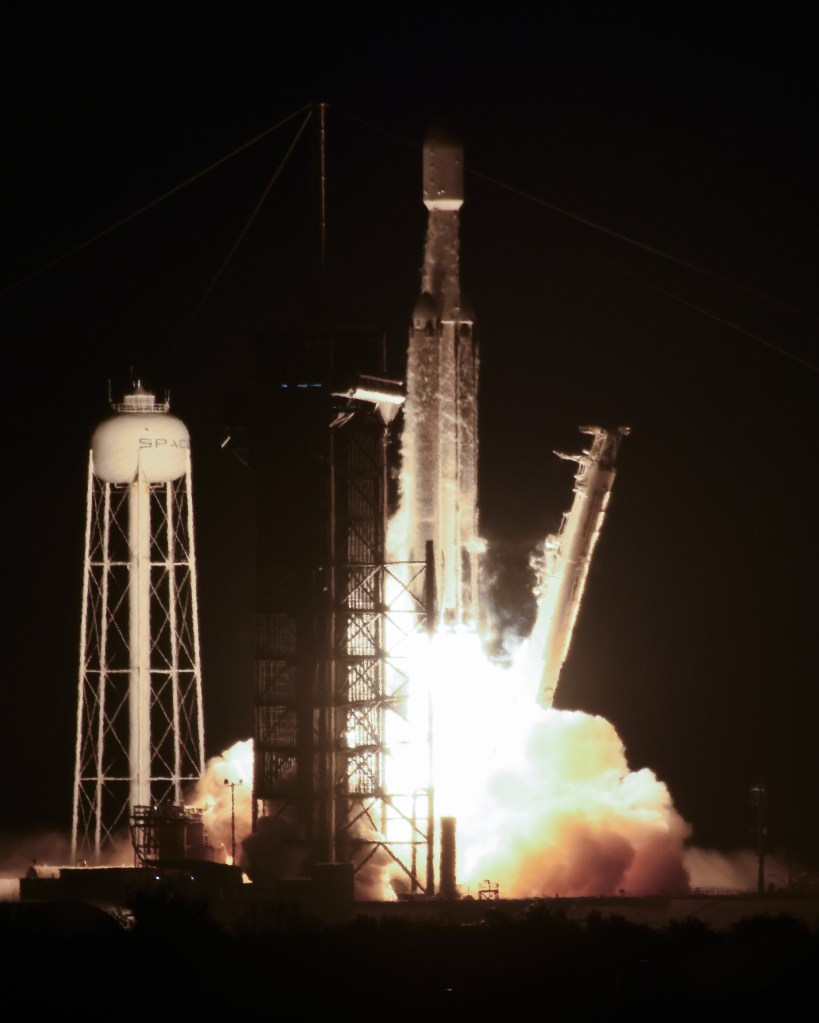Pentagon’s mysterious unmanned X-37B blasts off on seventh secretive mission
The US military’s mysterious X-37B unmanned space plane blasted into space Thursday night aboard SpaceX’s hulking Falcon Heavy rocket for yet another secretive mission involving “groundbreaking” experiments.
The spacecraft left from NASA’s Kennedy Space Center for its seventh flight — two weeks after an earlier scheduled launch was delayed due to technical difficulties and powerful storms.
It is the first time the X-37B has been launched from a Falcon Heavy, which is significantly more powerful than the previous rockets that have propelled the reusable space plane, and capable of sending it a higher orbit than ever before.
The X-37B’s latest mission is expected to last several years, much like its previous two-and-a-half-year flight, which ended when it landed at Kennedy Space Center a year ago.
Space Force officials have offered only vague descriptions of the tests and experiments X-37B will conduct.
“The X-37B tests include operating in new orbital regimes, experimenting with space domain awareness technologies and investigating radiation effects to NASA materials,” the Space Force said in a statement.
Chief of Space Operations Gen. Chance Saltzman previously explained that the flight, dubbed OTV-7, will carry “groundbreaking” experiments that will “equip the United States with the knowledge to enhance current and future space operations.”
Some experts have speculated the vessel is in search of threats from hostile nations’ satellites.
Secretary of the Air Force Frank Kendall did not mention specifics, but applauded the Space Force’s efforts.

“This is an incredible event, and I think about the teamwork over all those decades that has led to what has been a revolutionary improvement in space travel capability,” he said in a statement.
X-37B was first launched in 2010, so far logging more than a decade in orbit. It was built by Boeing and resembles NASA’s retired space shuttles, but much smaller in size.
The Pentagon has previously used X-37Bs to test some of its new technologies, including a small solar panel designed to transform solar energy into microwaves, which could one day allow energy harnessed from space to be beamed back to Earth, the Washington Post reported in early December.
X-37Bs have also been used to deploy small satellites — though it remains unclear what these satellites actually did.
The unmanned vessel is equipped with an autonomous landing system. It takes off vertically like rockets, but lands horizontally like planes.
With Post wires
Read the full article Here


